Your cart is currently empty!
Everything you need to know about septic tanks
Everything you need to know about septic tanks
The most common sludge separator is the three-chamber well, which consists of three chambers.
Sludge separator and three-chamber well often mean the same thing in everyday language, but there are sludge separators on the market that only have one chamber, however, if you hear the word three-chamber well, you know that it is three chambers.
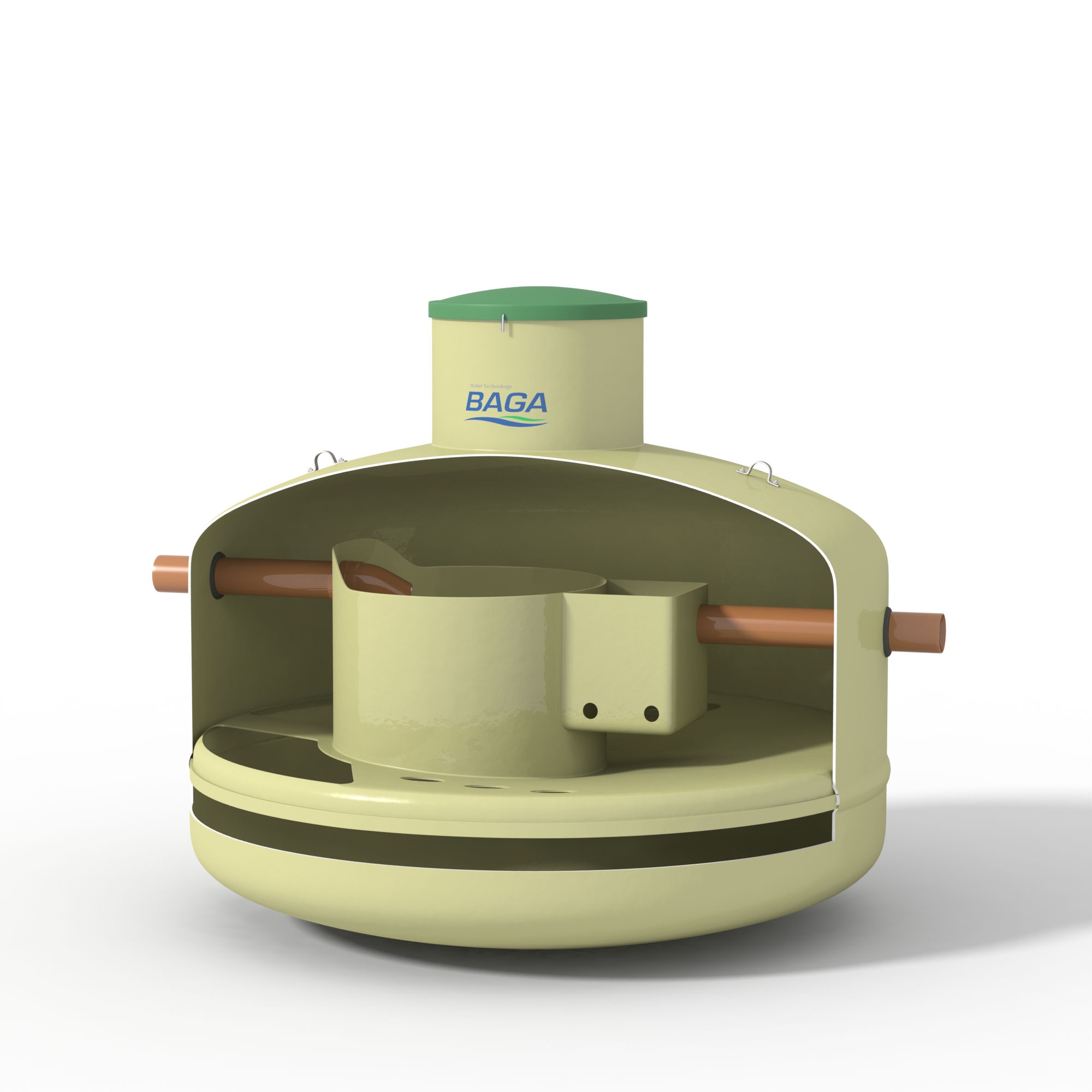
In the sludge separator, coarse particles are trapped in the wastewater so that subsequent treatment steps do not clog. As the pollutants are largely dissolved in the wastewater, the separation of coarse particles means that only a very small part of the pollutants is removed in the sludge separator.
The size of the sludge separator you need for your sewer depends on the number of people connected to it, the type of wastewater going to the sludge separator and also the treatment method you are going to use for the wastewater. Normally, a volume of about 2 m3 per household is needed for mixed wastewater. If the sludge separator is to receive only BDT water, about 1m3 is sufficient.
If chemical precipitation takes place in the sludge separator, the volume must be increased to at least 3-4m3 per household.
The sludge separators are tested for strength, watertightness and durability. The test method also includes the parameter hydraulic capacity, which indicates how many grams of particles have passed during testing and thus becomes a measure of the separation capacity.
The standard itself does not contain any limit value for sludge separation. There is also no national limit value for what a sludge separator should achieve and the environmental administration cannot therefore require the sludge separator to achieve a certain level of sludge separation. It is the applicant for the plant who is responsible for demonstrating that the plant as a whole meets the environmental and health requirements.
The sludge separator shall be positioned so that it is accessible to sludge suction vehicles.
Operation and maintenance
In order for the sludge separator to function properly, it is important that sludge is emptied often enough. Sludge is often emptied automatically by the municipality once a year.
Check that there is only floating sludge in the first chamber. If there is floating sludge in the other chambers, something is wrong. If there is a noticeable smell from the sludge separator, the ventilation is probably not working properly.
* After sludge emptying, the sludge separator must be filled with water, so as not to risk sludge overflowing to the next chamber when the level slowly rises. This is sometimes done by the sludge truck, sometimes not.
* There are only a few sludge separators that can be pumped in from a pumping station, ask us for advice in these cases.
If you do not have the possibility of sludge emptying or want to become independent, you can use the Aquatron as a sludge separator together with a BDT sludge separator.
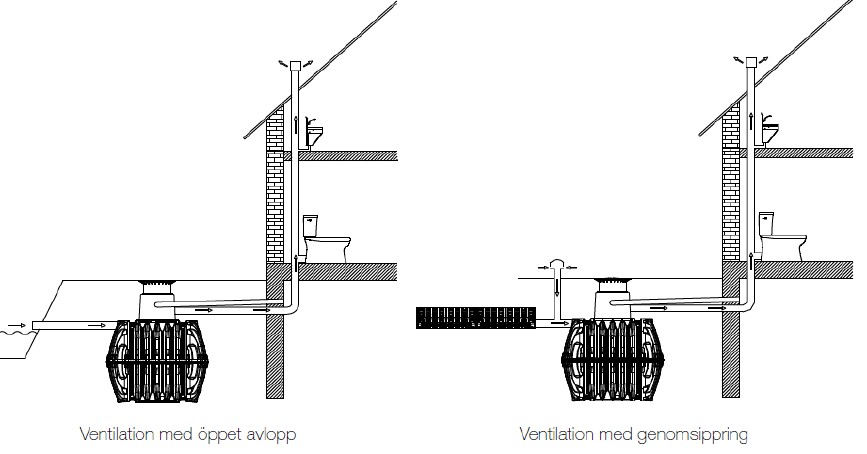
Ventilation of drains
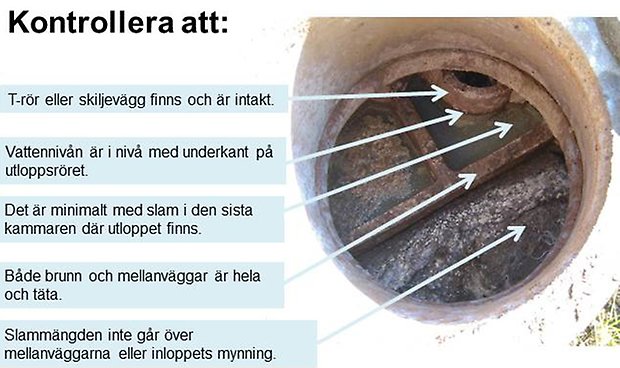
What determines if the sludge separator is ok
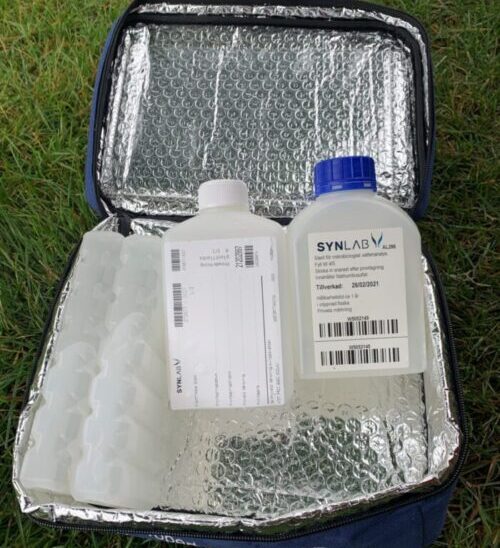
Water analysis wastewater
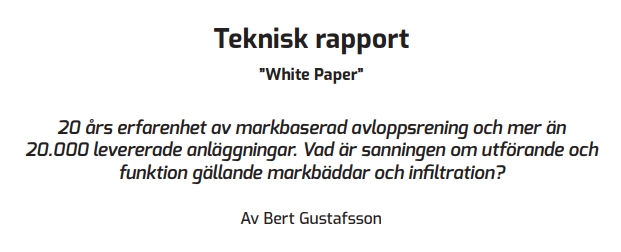
What is the truth about land-based treatment, soil beds and infiltration?
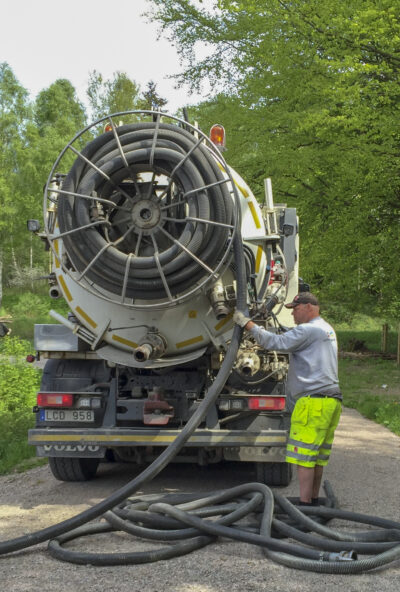
All about suction line for sludge discharge
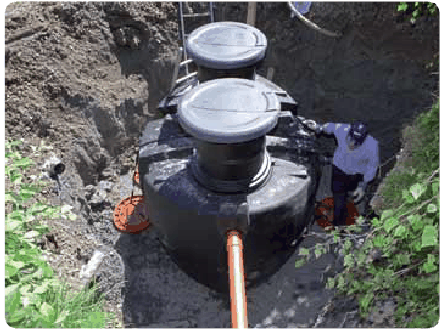
All about sludge separators
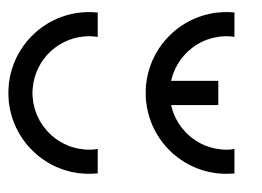
Examples of products covered by the CE marking requirement

Anchoring of ideas
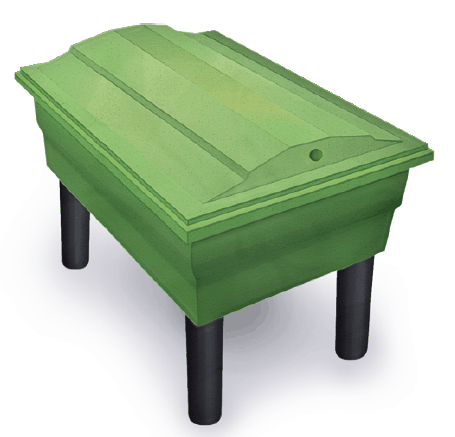
All about sludge management

